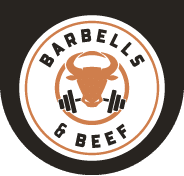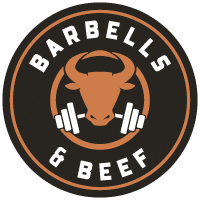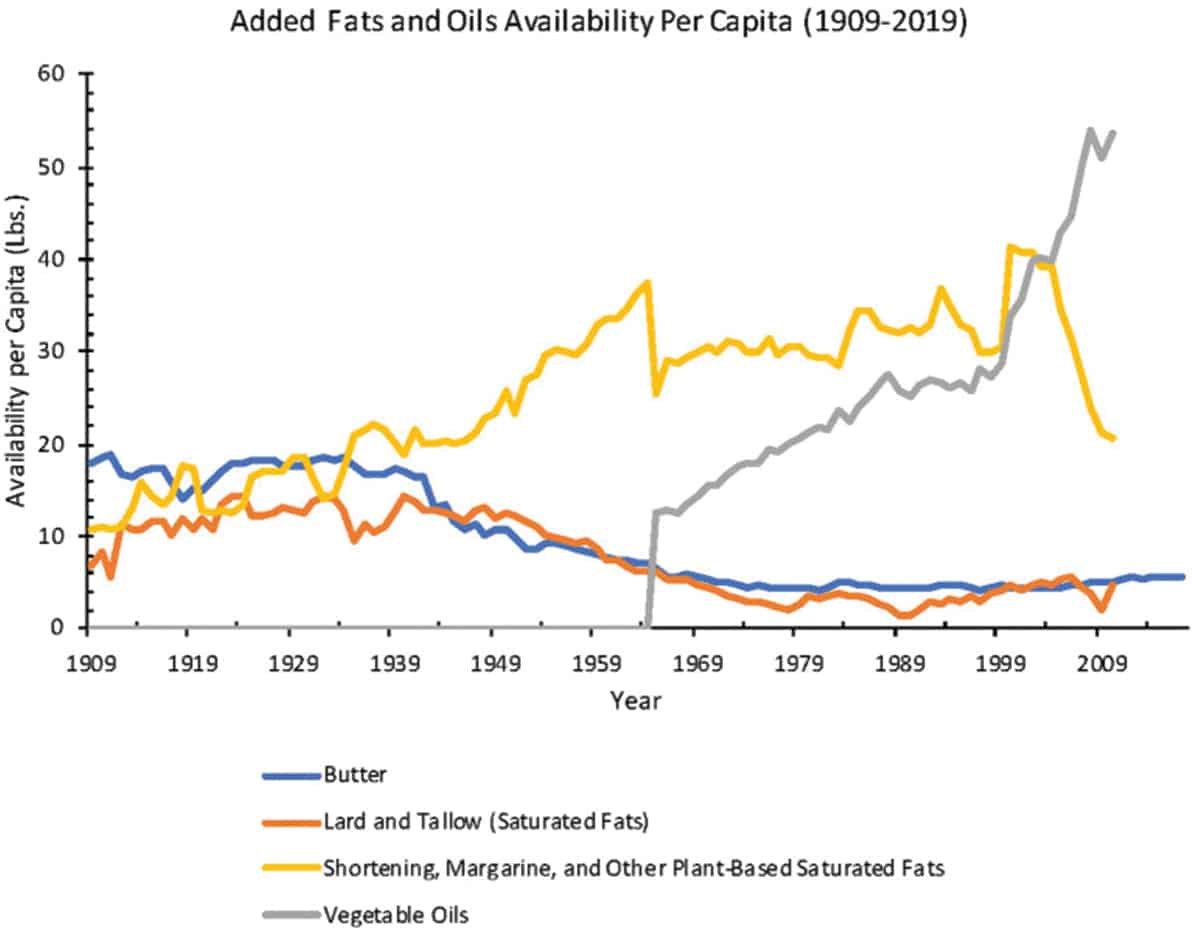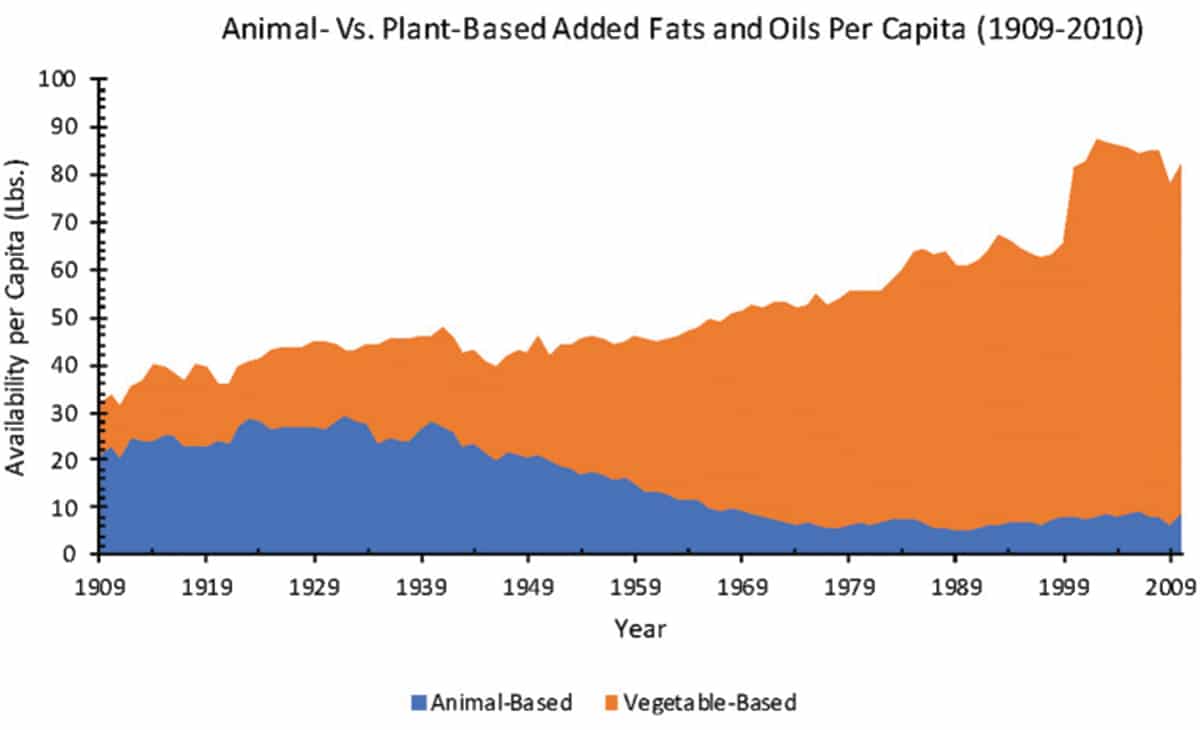No products in the cart.
The Barbells & Beef Manifesto
And yet the results of physical fitness are the direct opposite of those that follow from unfitness. The fit are healthy and strong… many help friends and do good to their country and for this cause earn gratitude; get great glory and gain very high honours, and for this cause live henceforth a pleasanter and better life, and leave to their children better means of winning a livelihood. – Xenophon, Memorabilia
We are unwell. Modern society, while conferring many benefits, has engendered a slow-rolling but inexorable epidemic of weakness and decay: physical2, mental3, and spiritual4. Inheritors of potentially strong, useful and resilient bodies, we have chosen to forsake this gift in exchange for the comforts and convenience of sedentary life.
The causes of our dysfunction are as numerous and varied as the symptoms, but you can do a lot of good for your health and well-being by availing yourself of a couple of tried-and-true methods:
- Engage with strength training seriously, especially compound multi-joint exercises using barbells.
- Consume a diet of natural foods high in protein and healthy fats, especially meat, eggs, and dairy.
BARBELLS

But not all methods of strength training are equally effective. Since the first versions were produced in the 1860s, the barbell has proven to be the essential tool of a well-rounded and efficacious strength training routine.
- Precise loading and progressive overload: The ability to progressively overload, to lift a little more weight than last time and thus become a little stronger, is the sine qua non of strength training. With their standardized weight (usually 35 or 45 lbs), natural stability, and plate-loading ability, barbells can be loaded in weight increments of just five pounds (or even smaller with special micro-plates) ensuring progress can be maintained in a controlled way for a long period.
- Compound movements involving multiple joints: We do not use each muscle in isolation, one-at-a-time. Common movements such as walking, running, sitting, pushing and pulling are the natural expressions of our anatomy and use multiple muscles across multiple joints. Correctly performed barbell exercises train these movements naturally in their anatomically correct proportions, without need to worry about isolating and training each muscle a specific amount.
- Time efficiency: Due to the nature of barbell training, which uses compound multi-joint movements, a thorough and effective workout can be achieved in a limited amount of time.
- Availability and consistency: The barbell is a very common implement, with a (mostly) standard size, shape, and weight. A barbell-centered training program can be accomplished in nearly any gym with a barbell, including a home gym. And the consistency of a barbell allows for a training program to be executed with fidelity in a way that machine-based training, with the innumerable variations in machine construction and resistance, cannot.
This is not to say, of course, that barbell exercises are the only way to become strong or improve fitness, nor that other tools such as dumbbells have no place in a well-designed routine. But outside of special populations–those with pathologies or sport-specific needs–they should form the solid iron core of a strength training regimen.
Beyond purely physical considerations, though–muscle fibers, bone density, dopamine, endorphins, etc–strength training is vital because it is difficult. Done correctly it is uncomfortable and sometimes even painful. But such struggle is good for the soul, and just as the physical stress conditions the body to meet the physical challenges of life, the mental effort conditions the character to meet the vagaries and misfortunes of life without breaking.


& BEEF
The modern diet is not fit for purpose, being unbalanced and deficient in critical ways. The typical diet is overrun with highly processed foods, refined sugars and carbohydrates, and unhealthy fats like vegetable oil. At the same time it lacks the protein for building and maintaining strength11, the fiber for a well-regulated digestive system12, and the healthy fats for a balanced hormonal profile13.
Since the 1960s the obesity rate in the United States has more than tripled14. Obesity is proven to have severely deleterious effects on health15: it engenders chronic disease, reduces quality of life, and increases mortality.
In 1980 the USDA and HHS published the first iteration of the Dietary Guidelines for Americans. Believing saturated fats–the kind found in meat, eggs, and dairy–to be especially unhealthy and linked to cardiovascular disease, these guidelines encourage a move away from animal products in general, promoting plant-based protein sources such as beans and legumes instead of meat, and polyunsaturated (i.e. vegetable) oil instead of saturated fat. To the extent that meat and dairy are allowed, they are limited to sparing amounts of lean meats and fat-free/skim milk (i.e. white-colored sugar water). And forget about butter.
These guidelines matter. They are necessarily followed by federal entities–including the military16–and many other organizations such as local schools and hospitals adopt them voluntarily. Further, the basic tenents–the evils of saturated fat and the virtues of vegetable oils–flow naturally from our benevolent health authority into popular culture, influencing our decisions about what we buy, what we eat, and what we feed to those in our care: everyone just “knows” that skim milk is healthier than whole milk, and that plant-based protein is healthier than a steak.
Unfortunately the promulgation of these guidelines coincided exactly with a sharp rise in obesity across the country17. At the same time18 that we replaced butter and lard with vegetable oil, and began eating less red meat, we became fatter and sicker. Funny, that.
Wrongheaded and evidence-free dietary guidelines are not the only headwind on our path to a healthier society.
With each generation we become farther removed from even being able to conceive the origin of what we’re consuming. It’s not difficult to guess19 how a steak is produced. Same with a carrot. With a little instruction, the process of producing butter is fairly easy to understand. Can the same be said for an “impossible” burger? What’s the provenance of a box of Apple Jacks? Can you describe the process of creating a Jolly Rancher? Knowledge is power, and without knowledge of what we’re eating we are often powerless to make better decisions.
The elites don’t want you to know this, but you can buy food and actually shake the hand of the person who made it. It wasn’t so long ago that this was common practice, but the rise of industrial-scale farming and production has necessarily pushed small-scale farmers–the kinds with names and faces–out of the market, replaced by corporate behemoths against whom they’re unable to compete at scale. In this new regime it’s a race to the bottom in terms of nutritional quality, such concerns being sacrificed per the exigencies of maximizing profits and the fiduciary duty to shareholders.
But all hope is not lost, and despair is a sin. At the population level the slowly rising tide of malnutrition and corporate dominance is unlikely to go out, but on an individual level much good can be done to restore health, function, and vitality with a few simple, if at times inconvenient steps:
Eat natural foods. Shop around the edges of the grocery store. If the typical person in the 19th century wouldn’t recognize it: don’t buy it. If the manufacturing process is a trade secret: reconsider.
- Patronize local, small-scale farmers and ranchers. Go to farmers’ markets, buy from local co-ops, shake hands with the people producing what you bring to your table.
- Pay closer attention to your diet. Start counting calories (if you’re not already), track your macros (protein, fats, carbohydrates), buy a food scale, get into the habit of reading nutrition labels. 80% of success in life is just showing up, and 80% of nutritional health is just giving a damn.
- Eat more foods high in protein and, yes, saturated fats: red meat, butter, whole milk, eggs. If you don’t know how many grams of protein and fat you’re eating in a typical day, it’s not enough.
- Make friends with your butcher. Not only will you get fresh, high quality meat, but you can lean on their expertise to find the right kinds of meat to fit your dietary goals.
AS ONE HAND WASHES THE OTHER
You are the building block of society, and the process of building a stronger and healthier society must begin with you; there is no substitute for leading by example. Barbells & Beef is proud to support you in your pursuit of the good life, and we are in turn are proud to support the small-scale farmers and ranchers who deliver the healthy, natural foods powering your workouts.
Strength, one steak at a time.
1 https://www.perseus.tufts.edu/hopper/text?doc=Xen.+Mem.+3.12&fromdoc=Perseus:text:1999.01.0208
2 https://pubmed.ncbi.nlm.nih.gov/26869476/
3 https://www.apa.org/news/press/releases/2019/03/mental-health-adults
4 https://news.gallup.com/poll/505745/depression-rates-reach-new-highs.aspx
5 https://pmc.ncbi.nlm.nih.gov/articles/PMC6279907/
6 https://pubmed.ncbi.nlm.nih.gov/22777332/
7 https://pubmed.ncbi.nlm.nih.gov/3633121/
8 https://pmc.ncbi.nlm.nih.gov/articles/PMC6563593/
9 https://pmc.ncbi.nlm.nih.gov/articles/PMC4090891/
10 https://pmc.ncbi.nlm.nih.gov/articles/PMC10745562/
11 https://pmc.ncbi.nlm.nih.gov/articles/PMC6566799
12 https://pubmed.ncbi.nlm.nih.gov/33208922/
13 https://pmc.ncbi.nlm.nih.gov/articles/PMC4763493/
14 https://www.niddk.nih.gov/health-information/health-statistics/overweight-obesity
15 https://www.niddk.nih.gov/health-information/weight-management/adult-overweight-obesity/health-risks
16 https://www.militaryonesource.mil/resources/gov/dietary-guidelines-for-2020-2025/
17 https://www.cdc.gov/nchs/data/hestat/obesity-adult-17-18/obesity-adult.htm#1
18 https://pmc.ncbi.nlm.nih.gov/articles/PMC8805510/
19 https://en.wikipedia.org/wiki/Cattle





Leave a Reply